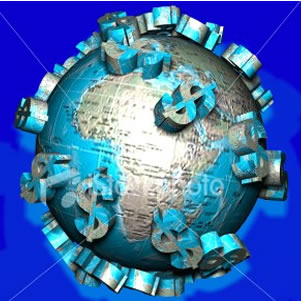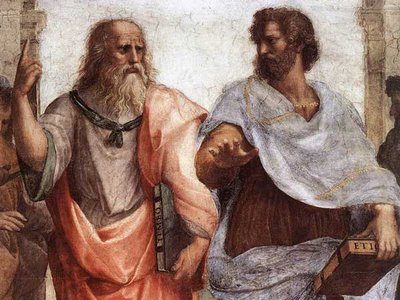 In the acquisition of any product for our consumption there is an idea associated with it: the direct and indirect intervention of many workers. Thus, if we buy a soccer ball, we know that behind it there are a series of productive activities linked to it. The pieces that make up the processes and activities can be expressed with an idea: the division of labor.
In the acquisition of any product for our consumption there is an idea associated with it: the direct and indirect intervention of many workers. Thus, if we buy a soccer ball, we know that behind it there are a series of productive activities linked to it. The pieces that make up the processes and activities can be expressed with an idea: the division of labor.
In primitive human communities there was already a rudimentary notion of the division of labor
The men were engaged in hunting and fishing, as well as making tools and defending their community against aggressors. At the same time, the women carried out other tasks: raising children, gathering fruits and making utensils for daily life.
The division of labor in the capitalist system
Theorists of the capitalist system, for example Adam Smith in the eighteenth century, argued that the key to the development of wealth in a nation lies in the division of labor. This division supposes the specialization of workers in very specific tasks. With this productive model typical of capitalism, the artisanal activity in which a producer was in charge of multiple tasks is abandoned.
The division of labor in Marxist philosophy
Karl Marx argued that the division of any work activity inevitably leads to an unequal distribution of wealth. Thus, while some own the means of production (the capitalists), others become subject and aligned individuals (the workers).
On the other hand, as a consequence of the division of labor, they end up creating differentiated social classes. This circumstance is the foundation of what Marx called class struggle, that is, the historical confrontation between oppressors and oppressed.
For Marx, this situation is unfair and must be overcome by a communist system in which there is no private property and the means of production belong to the community.
The division of labor at Emile Durkheim
 This 19th century French sociologist proposed the division of labor based on the cooperative relationship between the individual and the community in which he lives. This relationship has two planes:
This 19th century French sociologist proposed the division of labor based on the cooperative relationship between the individual and the community in which he lives. This relationship has two planes:
1) solidarity in primitive societies based on mutual support between individuals who form a community and
2) solidarity in complex societies, in which each individual has a specific function within the general framework of a large social network.
Photos: Fotolia. pavel_shishkin / vivali









